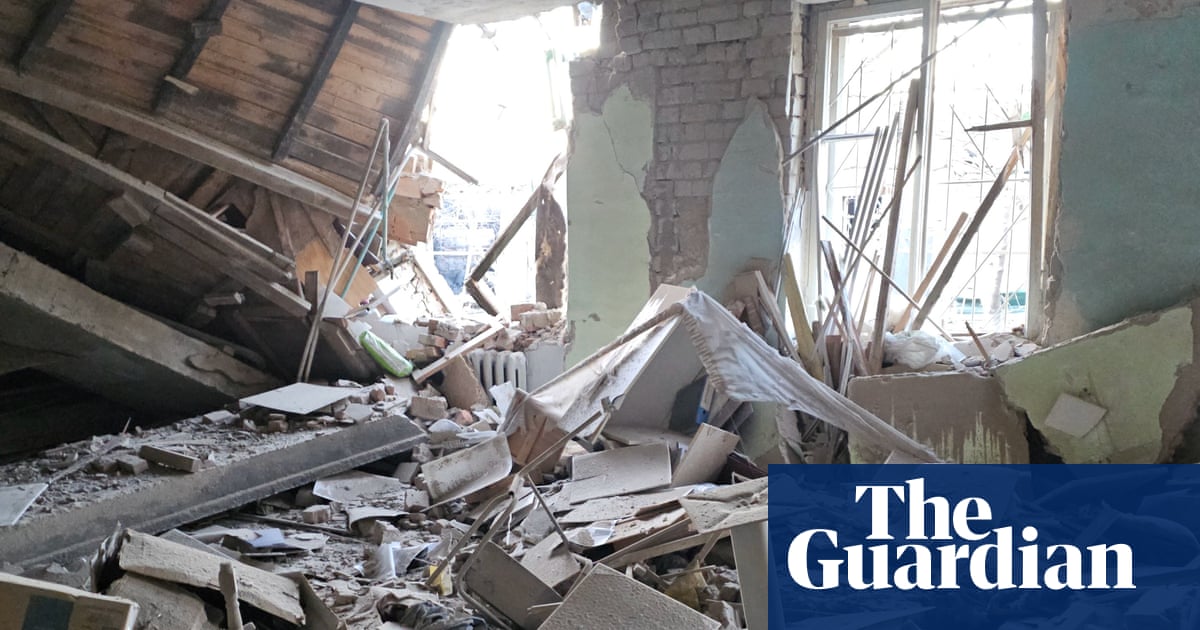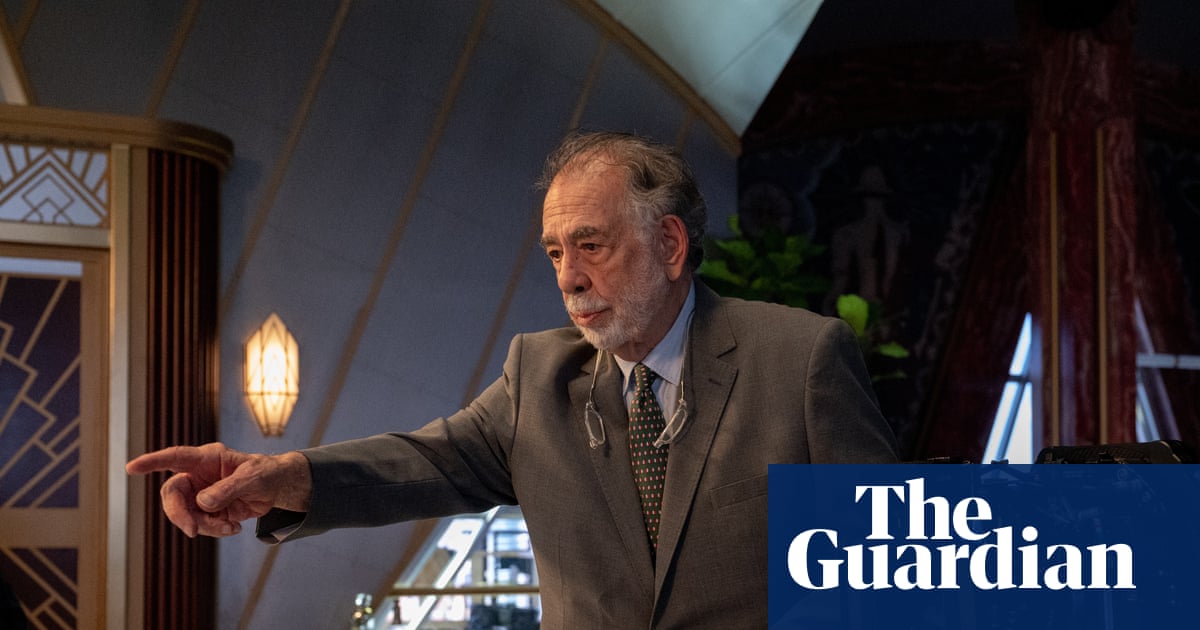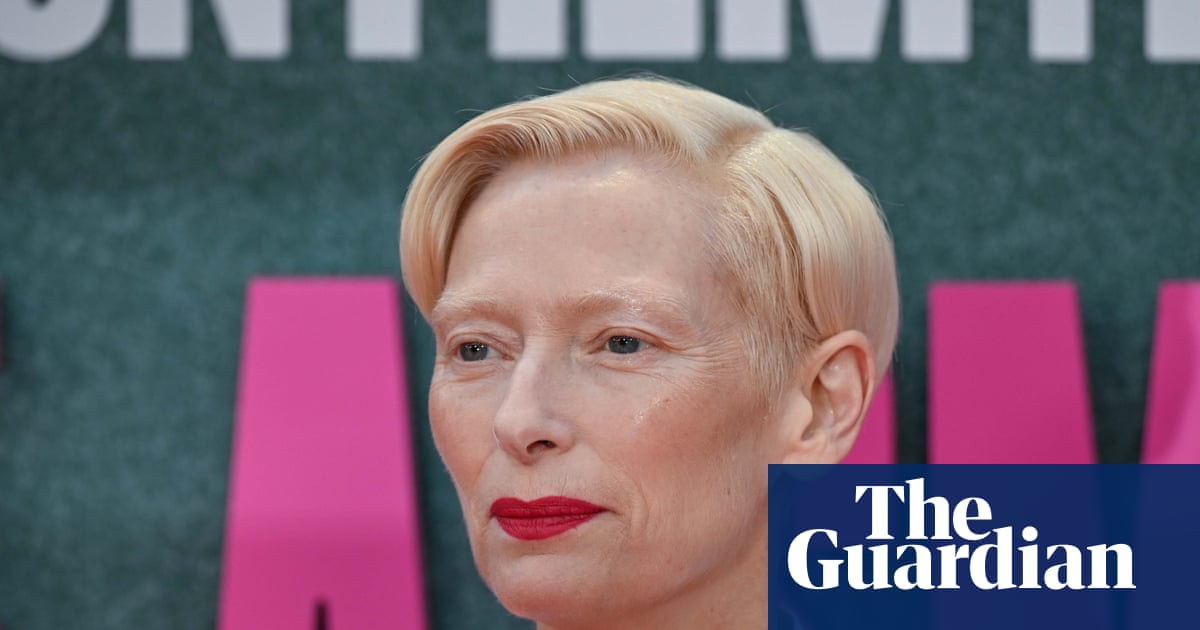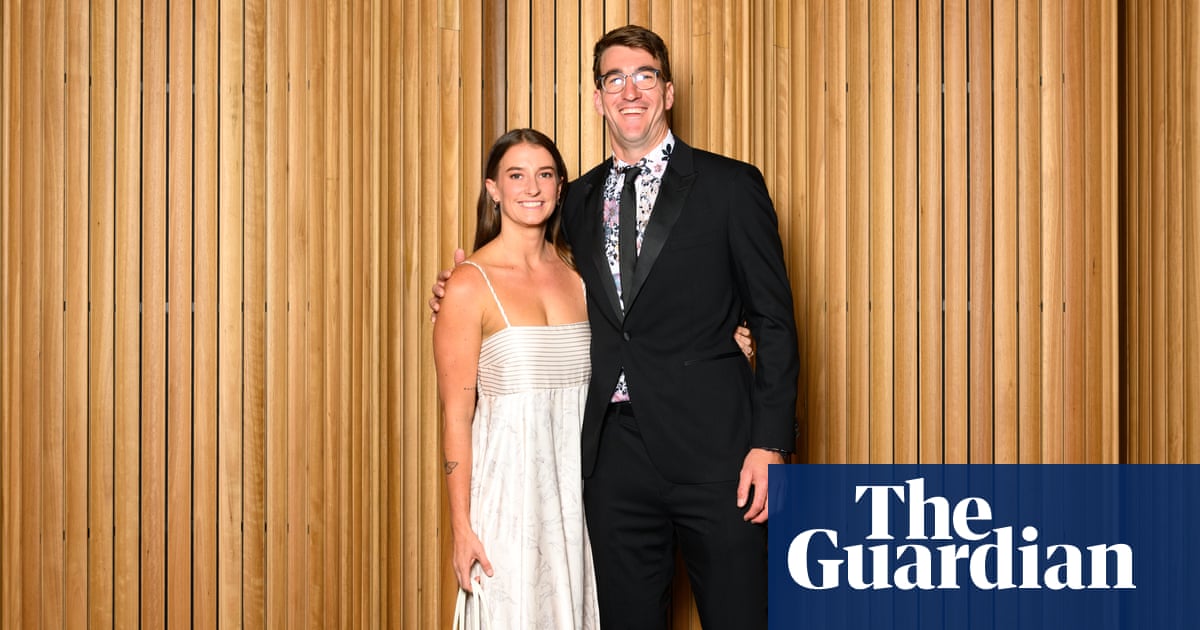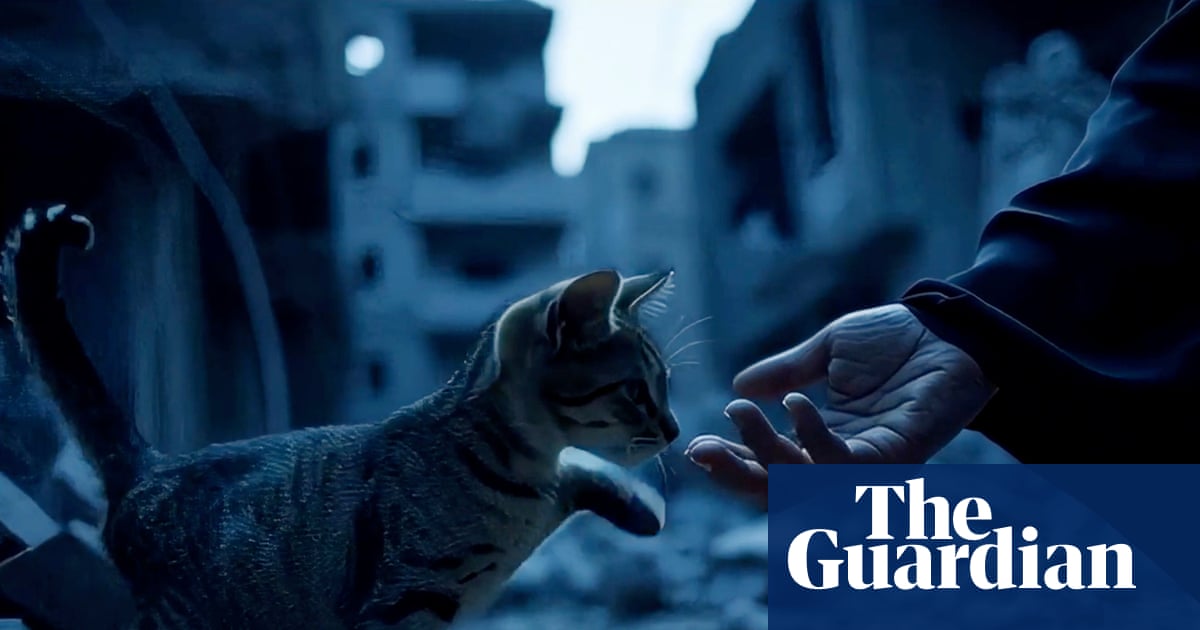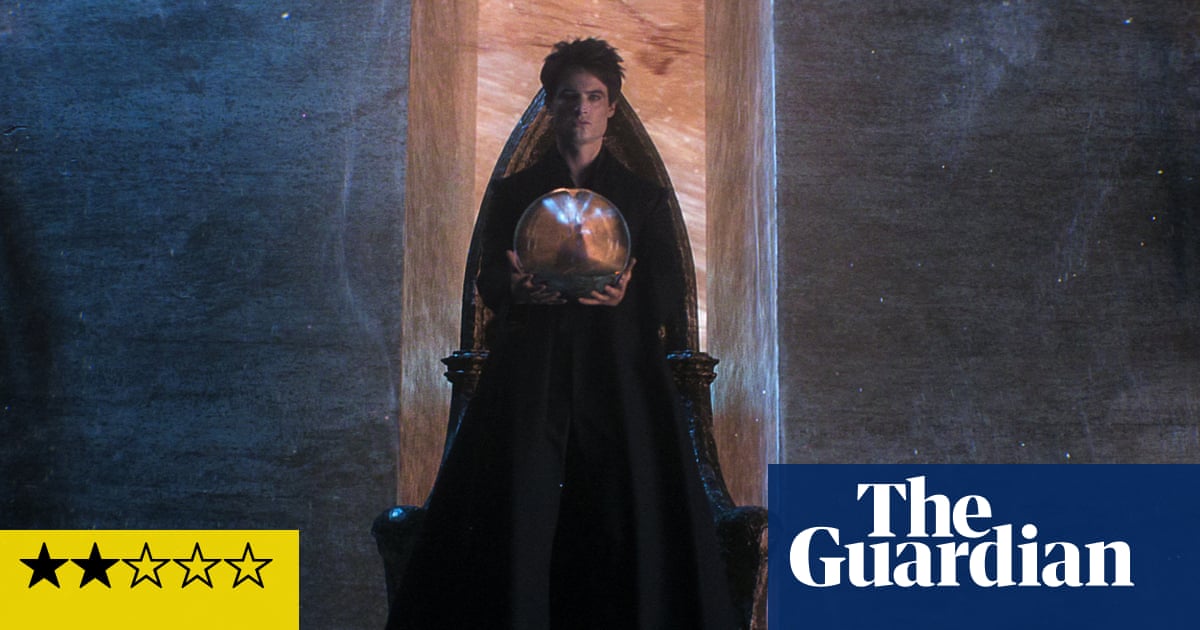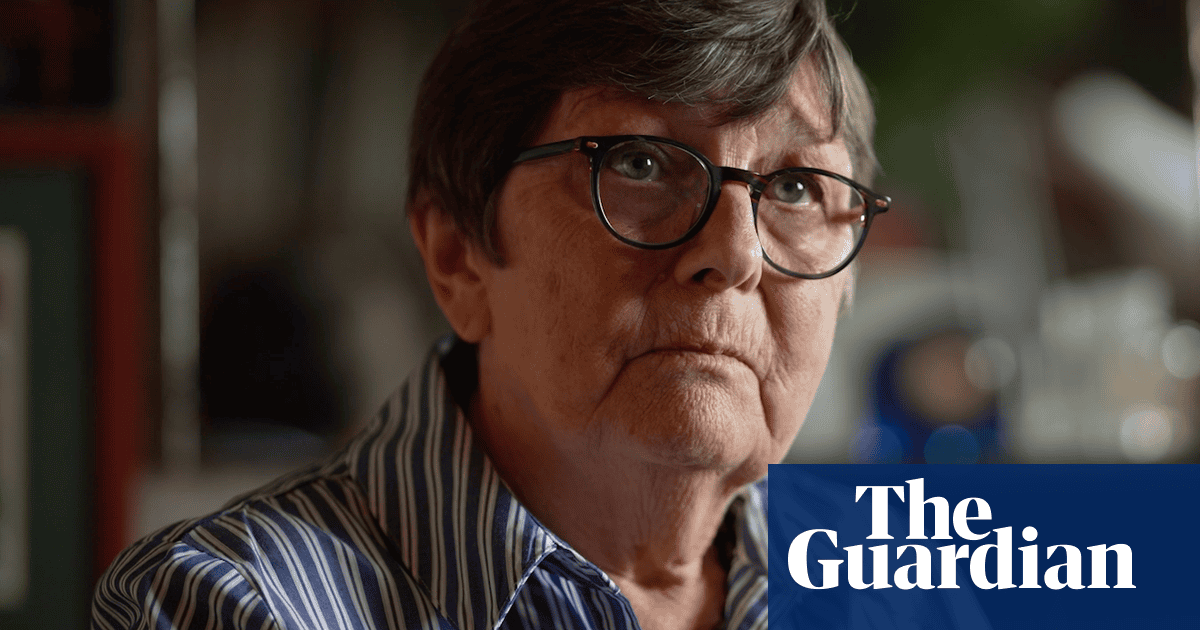The three pieces of Ballet Coffret range from 1910’s Stravinsky-composed classic The Firebird by Michel Fokine through the mid-20th century Etudes by Harald Lander to William Forsythe’s The Vertiginous Thrill of Exactitude from 1996. Levene captured the training, preparations and performances of the National Ballet of Japan (NBJ) over three March days in Tokyo, as well as shadowing ballerina Yui Yonezawa and visiting the New National Theatre’s ballet school.
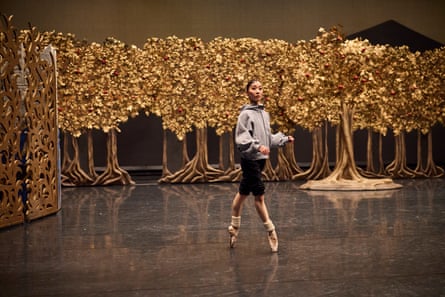
-
Principal dancer Yui Yonezawa prepares for Ballet Coffret in Tokyo, Japan
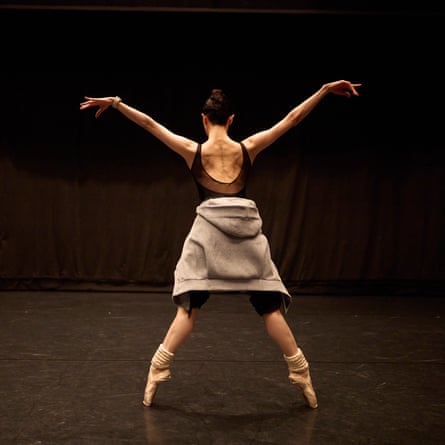
The odds of becoming a principal ballerina in a major ballet company are roughly comparable to those of representing your country in a major sport. As with professional athletes, there are dancers who show remarkable potential at a young age, some of whom make the grade and some of whom fade away.
Though she was taken to ballet lessons aged three by her mother, who had herself wanted to dance, Yonezawa insists she was far from a natural ballerina at first.
“I loved moving my body to music at nursery school. But ballet begins with putting your feet in some very awkward positions. I was often the slowest in the class to get them right,” recalls Yonezawa, speaking in Tokyo as the NBJ prepares for its first UK tour.

-
Students from the New National Theatre Ballet School take part in a daily class. The NNT Ballet School is the official training centre for the National Ballet of Japan. It is Japan’s first theatre-affiliated training institute for aspiring professional ballet dancers
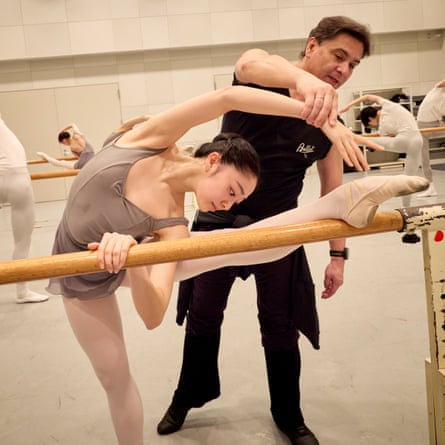
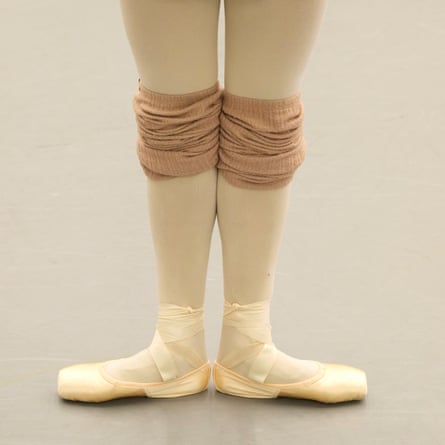
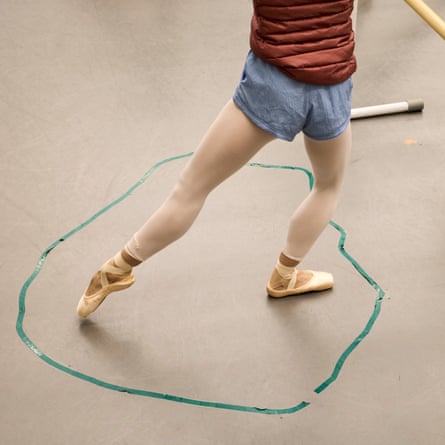

-
Established in April 2001, the school provides a two-year full-time training programme aimed at developing students into professional dancers. Students also participate in NBJ productions, gaining practical stage experience
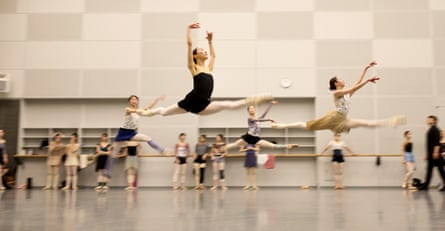
-
Yonezawa in the professionals’ class
Her father was a theatre director who suffered severe hearing difficulties and pioneered methods of training Japanese actors to use their bodies expressively. After Yonezawa’s parents separated, she moved with her mother from Tokyo to Nagoya, where she began to dance. But it took around a decade before she fell under ballet’s spell.
Japan itself is something of a late ballet bloomer. Introduced from Europe in the early 20th century, ballet began to gain traction after the second world war. By the 1970s, Japan was producing exceptional dancers, including Yoko Morishita, who nearly all moved overseas to fulfil their ambitions. It was not until the NBJ’s founding in 1997 in conjunction with the New National Theatre in Tokyo that Japan had a resident ballet company.
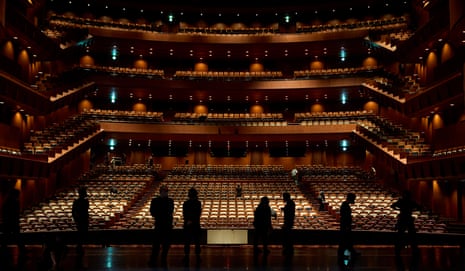
-
The theatre during preparations between a matinee and evening performance
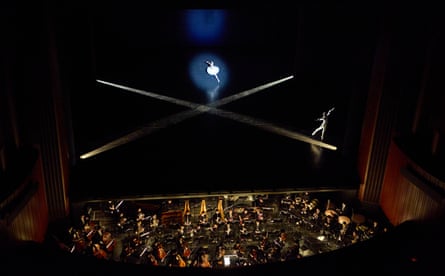
-
Spotlights cross as the company perform Etudes
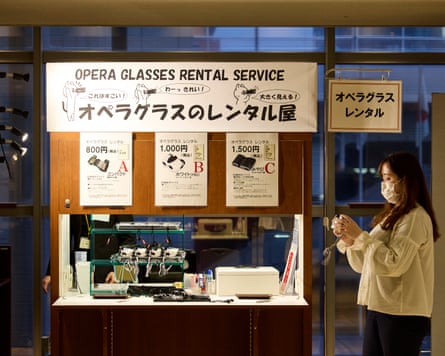
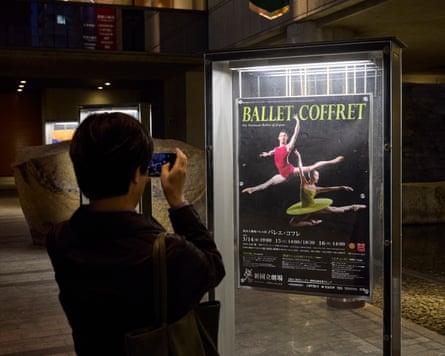
-
The opera glasses rental concession, and a visitor to the New National Theatre
Leading the NBJ as its artistic director since 2020 has been Miyako Yoshida OBE, who spent most of her performing career in Britain, with stints at Birmingham Royal Ballet (then Sadler’s Wells Royal Ballet) and at the Royal Ballet. In 1995, she became the first Japanese ballerina to be a principal dancer at the Royal Ballet. Taking her acclaimed original production of Adolphe Adam’s Giselle to the Royal Opera House represents something akin to a homecoming for Yoshida, while being the company’s first full overseas tour (it has previously staged guest performances at Washington’s Kennedy Center and Moscow’s Bolshoi).
Yonezawa is set to be the lead dancer for a couple of the Covent Garden performances of Giselle, a piece she finds both challenging and absorbing.
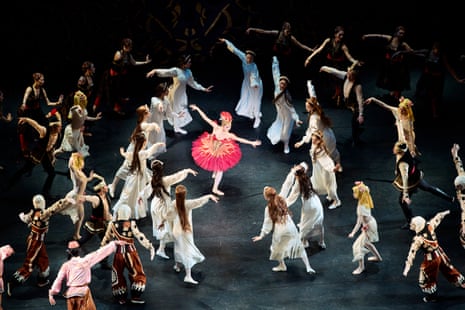
-
The National Ballet of Japan perform The Firebird, during a performance of Ballet Coffret, a triple bill showcasing 20th-century masterpieces

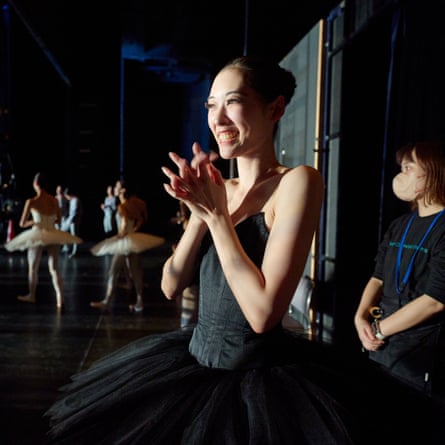
-
Ayako Ono as the Firebird, and Haruka Yoshida during Etudes
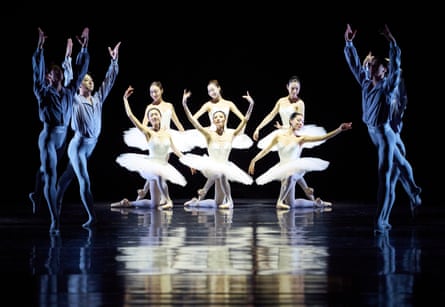
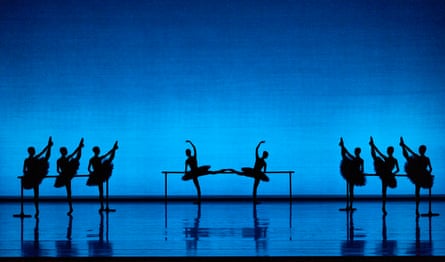
-
National Ballet of Japan perform Etudes
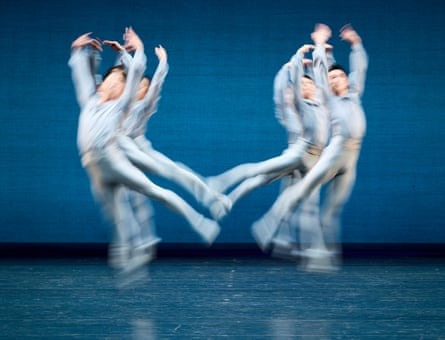
-
National Ballet of Japan perform Etudes
“The first and second acts are completely different. Not just physically, but in the entire world they portray. Act 1 is the real world, and Act 2 is the afterlife. I go from a living person to something like a ghost, close to what we call a yurei in Japanese,” explains Yonezawa. “My body and inner self transform; Giselle’s love for Albrecht is the only constant. But even that evolves, from infatuation and excitement in Act 1 to something deeper, more eternal in Act 2. That enduring love becomes the theme.”
She adds that every dancer interprets Giselle differently and that attempting to imitate other performances is a hiding to nothing.
“Beautiful form isn’t enough. The relationship with your partner, your individual interpretation; it’s all essential. The smallest shift in emotion can change the audience’s perception. If you try to plan it too much, it feels fake. This makes it a very difficult work,” says Yonezawa.
Although she danced for three years in the US, this will be her first lead role overseas, at a venue where Yonezawa says every ballet dancer dreams of performing. To prepare herself, she will rely on the same routine that has kept her, remarkably, injury-free for decades in an art form infamous for taking a heavy toll on the bodies of its star performers. That preparation was captured by David Levene over three March days in Tokyo as the company staged Ballet Coffret at its home theatre.
“I’m certified in Gyrokinesis training [a method of opening up joints and muscles without overtaxing them that borrows from yoga], so I usually do that in the dressing room,” says Yonezawa.
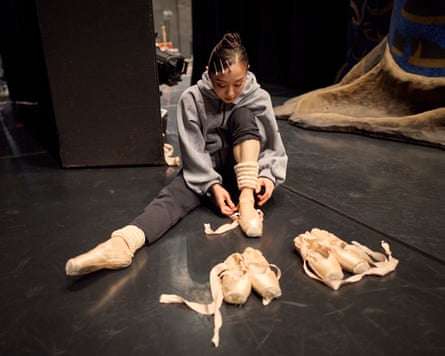
-
Yonezawa trying on three pairs of ballet shoes
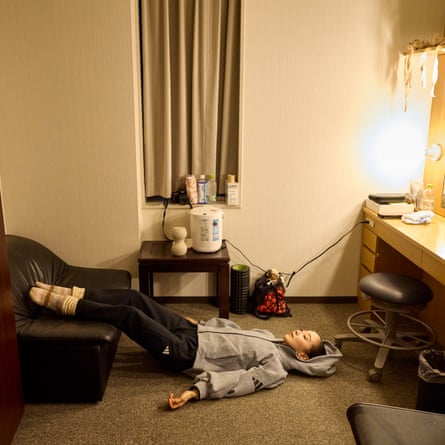

-
Yonezawa prepares in her dressing room, and eating beetroot powder before a performance

-
Yonezawa squeezes through a doorway in the costume for The Vertiginous Thrill of Exactitude
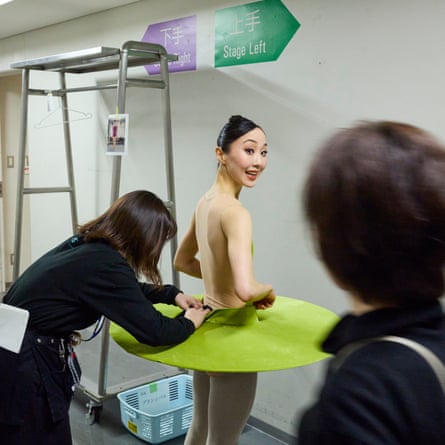

-
Final adjustments for Yonezawa, and with the stage manager on his last day after 25 years

-
Yonezawa is exhausted after performing the very demanding production of The Vertiginous Thrill of Exactitude
She also tries on three pairs of ballet shoes to see which one feels right for her body that day.
“I often end up choosing the same pair, but I still go through the process each time,” she recounts with a laugh. “It helps me tune in.”
A recent addition to her routine is eating beetroot powder a couple of hours before each performance. She believes it boosts endurance and suppresses blood pressure spikes triggered by the rigours of ballet. Although she has been fortunate enough to avoid major injuries, she recently recovered from a heart condition.

-
Backstage before a performance of Etudes

-
Backstage during The Vertiginous Thrill of Exactitude
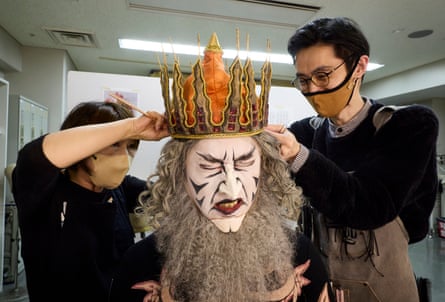
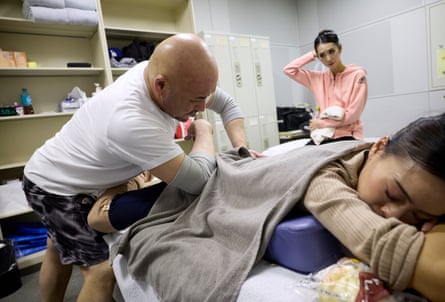
-
Backstage inside the Wham (wigs, hair and makeup) department, and in the physio room backstage
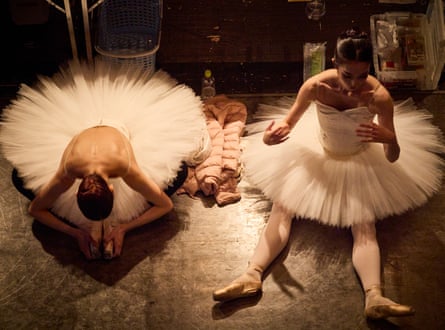
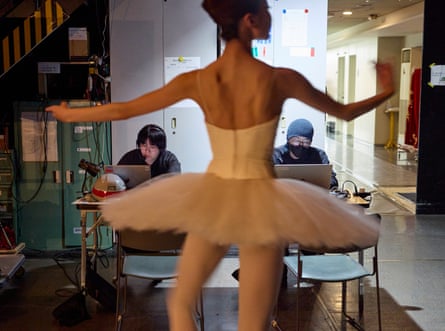
-
Stretching backstage, and a dancer warming up before a performance of Etudes
“When the photographs were taken, we were staging The Vertiginous Thrill of Exactitude, which is a really physically intense piece,” says Yonezawa.
When the day comes that Yonezawa’s body can no longer withstand such intense demands, she plans to get involved in creating ballet productions. The fact that ballet performances can connect with audiences across national and linguistic borders is one of the aspects of her art that she loves most deeply.
“And in something like Act 2 of Giselle, when women in white costumes appear en pointe, it creates a world beyond our human one, without props – just with body,” Yonezawa says. “Expressing such spiritual form through this art shows the beauty of what ballet is.”
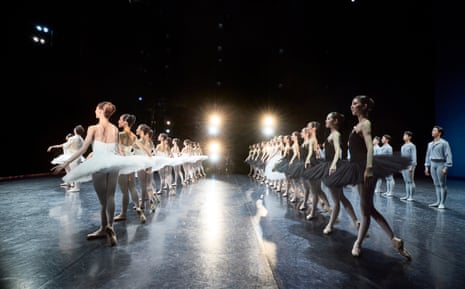
-
A final curtain call for Etudes
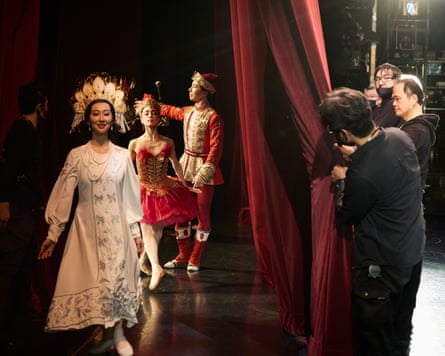

-
Curtain call during The Firebird, and audience applause

 3 months ago
44
3 months ago
44





